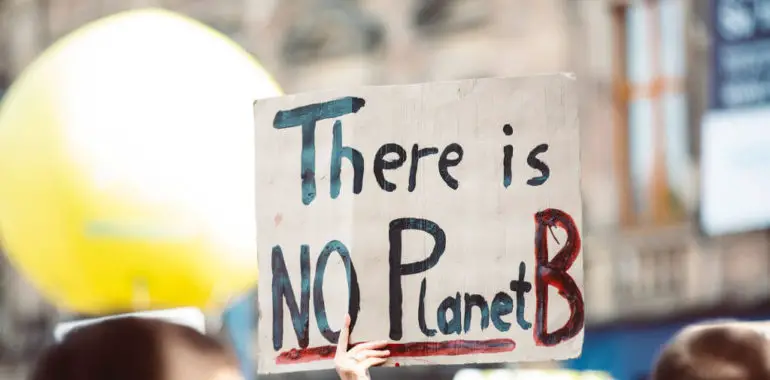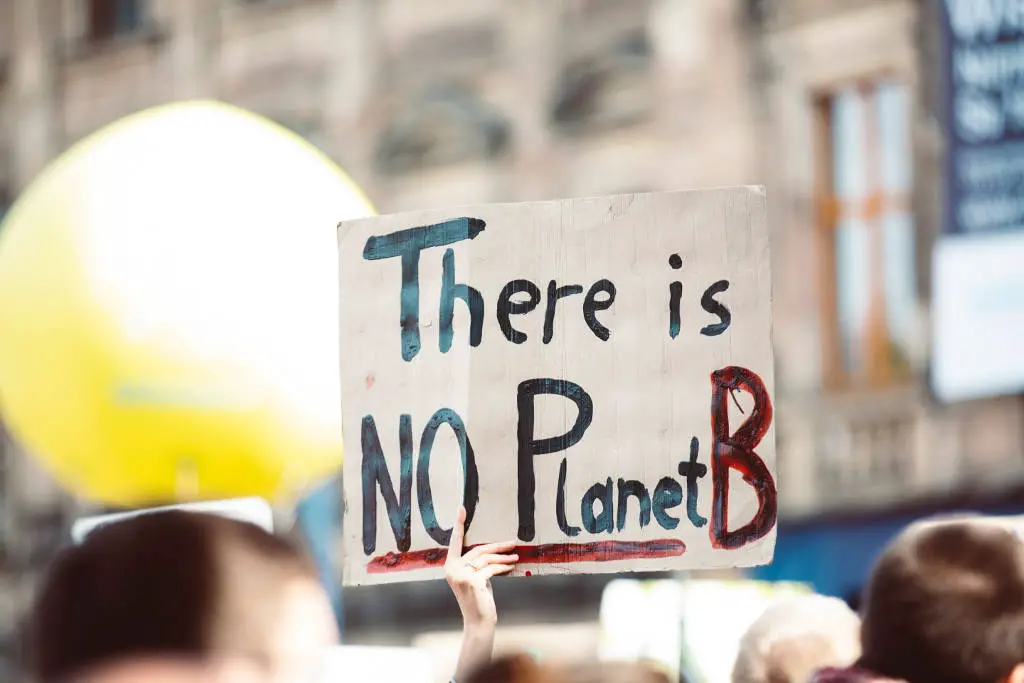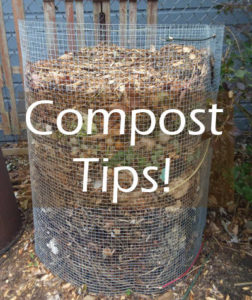Everyday Steps to Fight Climate Change

Everyday Steps to Fight Climate Change

#1 – Vote for representatives who are making climate change a priority.
There is only so much we can do as individuals to reduce climate change by changing our own habits and lifestyles. We need our leaders to enact emissions-reducing policies, expand renewable energy production and so much more to fight climate change.
That being said, the steps below are things you can do right now to reduce your environmental impact, plus most of them will save you money in the long run!
Small Changes You Can Make to Reduce Your Carbon Footprint
Turn down your heat or A/C when you are sleeping or away from home during the day. A programmable thermostat can help set this up automatically.
Unplug and turn off any electronics when they are not in use.

Buy energy-efficient light bulbs. LED lights are the most efficient. CFL are next, and then incandescent and halogen bulbs are the least efficient.
Wash your clothes on the cold setting and hang them to dry rather than running them through the dryer. Another option for reducing the amount of heat you need to use to dry clothes is to throw a few wool dryer balls into the dryer which speeds drying time.
Reduce the number of car trips you take when going shopping by making a list, trying to do all shopping at once and stocking up.
Be mindful of online shopping. It’s not necessarily worse than in-person shopping, but there are some guidelines to be aware of.
When you do shop online, offset some of your carbon emissions for free with EcoCart!
Consume less, fix what you have, make do without. When you need something, buy it used or at least recycled.
Recycle as much as you can. Recycled materials consume less energy than new. I answer many common recycling questions here on the blog.
Eating and Climate Change
Reduce your meat consumption. Try instituting a Meatless Monday. When you do eat meat, buy organic and/or local when you can. Avoid beef, which is the worst meat offender when it comes to creating emissions and negative climate impact. Pork is a little better. Poultry and fish are best.
Waste less food. Food production uses tons of energy, water and fertilizers.
Start a garden and grow your own food. You could also raise chickens for eggs or keep bees for honey.
Compost food scraps and organic waste. Yard waste, rotten food and scraps trapped in a landfill without oxygen produce methane, a potent greenhouse gas. Composting allows them to break down naturally. (And the compost is great for your garden!)
Bigger Changes for Real Carbon Savings
Divest from carbon-polluting companies. Do you invest in mutual funds, stocks or a 401K? If so, it’s likely you have money invested in fossil fuels. Check your portfolio with an online tool like Fossil Free Funds and move your money into greener investments.
Switch to more energy-efficient appliances and heating/AC when you have the opportunity. Look for the Energy Star logo.
Invest in home winterization and insulation.
Consider buying an electric stove rather than a gas stove.
When it’s time to buy a new car, consider buying an electric or hybrid vehicle.
Join or start a car-sharing group.
Ditch your car altogether and use public transportation, biking and walking.
When it is time to move or buy a home, choose a dense, walkable neighborhood that will allow you to leave the car behind as much as possible.
Install solar panels or investigate to see if there is a renewable energy co-op in your community that you can join.
Avoid flying if possible. Air travel creates an enormous amount of greenhouse gas emissions.
Still Want to Do More?
You can also consider buying carbon offsets. These are programs that take your money and invest it in initiatives that reduce greenhouse gas emissions. There are carbon calculators you can use to estimate how much carbon dioxide you personally are creating annually and then you can buy carbon credits to offset that.
Keep in mind that these programs shouldn’t be used “buy your way out of” making lifestyle changes to be more sustainable, but as a final step to mitigate whatever carbon emissions we can’t avoid. Read my article about what you need to know about buying carbon offsets here.





